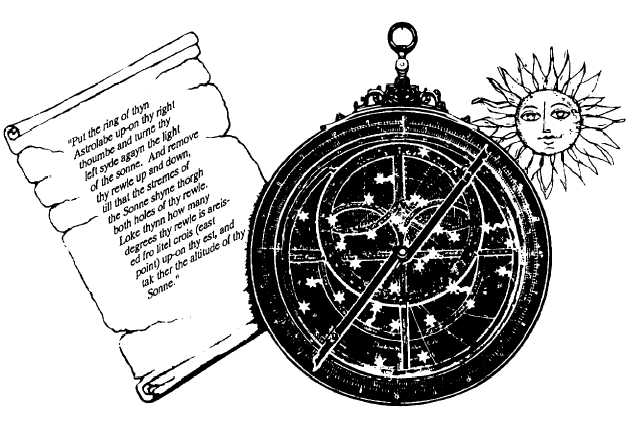CHAPTER 2
NAVIGATION
The term navigation is defined as the process of
directing the movement of a craft from one point to
another.
Air navigation, unlike sea or naval
navigation, involves movement above the surface of
the earth. There are unique conditions encountered in
air navigation that have a special impact on the
navigator.
. Need for continued motion. A ship can stop
and resolve any uncertainty of motion or wait for
more favorable conditions if necessary. Most aircraft
must keep going.
l Limited endurance. Most aircraft can remain
aloft for relatively short periods of time, usually
figured in hours.
. Greater speed.
Because of the high rate of
speed, the navigation methods and procedures must
be done quickly and accurately.
. Effect of weather. Visibility affects the use of
landmarks. The wind has a more direct effect on
aircraft position than on ships or vehicles. Changes in
atmospheric pressure and temperature affect the
height measurement of aircraft using barometric
altimeters.
Some type of navigation has been used ever since
humans started to venture away from their homes.
Exactly how they managed to find their way will
remain a matter of conjecture, but some of their
methods are known. The Greeks used primitive
charts and a crude form of dead reckoning. They used
the Sun and the North Star to determine direction.
The early explorers used the astrolabe (fig. 2-1). It
was not until the early 1700’s that an accurate
timepiece (chronometer) and the sextant were
invented, which made accurate navigation possible,
even when far from land.
Figure 2-1.-The ancient astrolabe.
2-1


